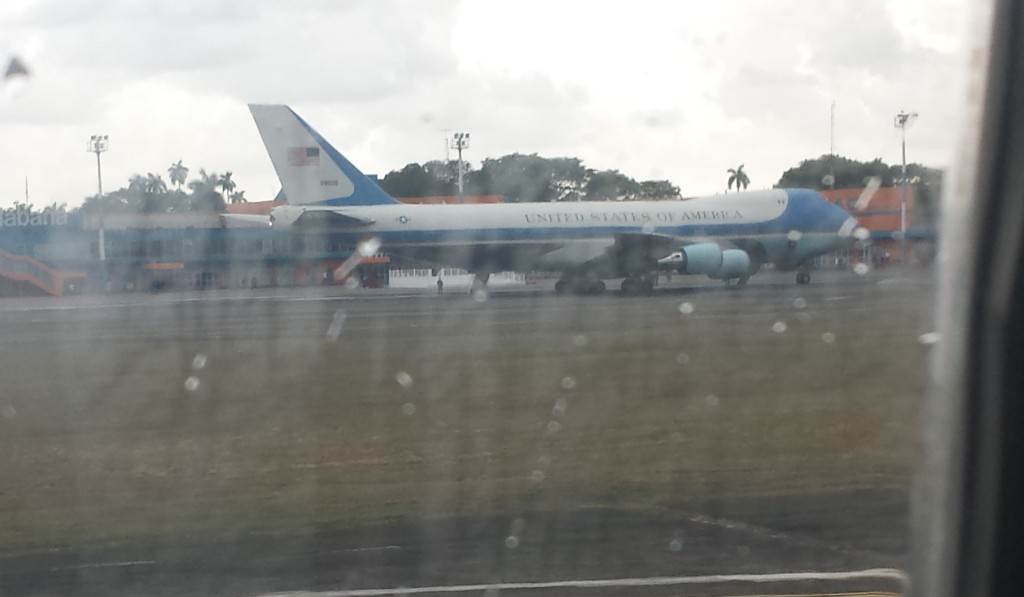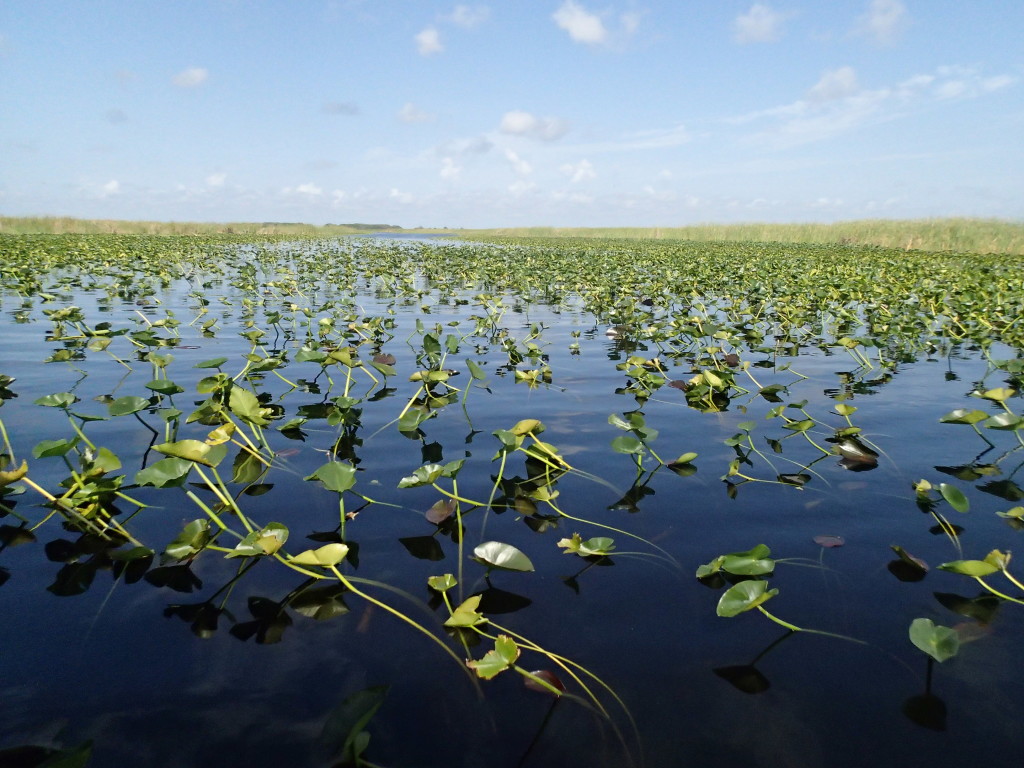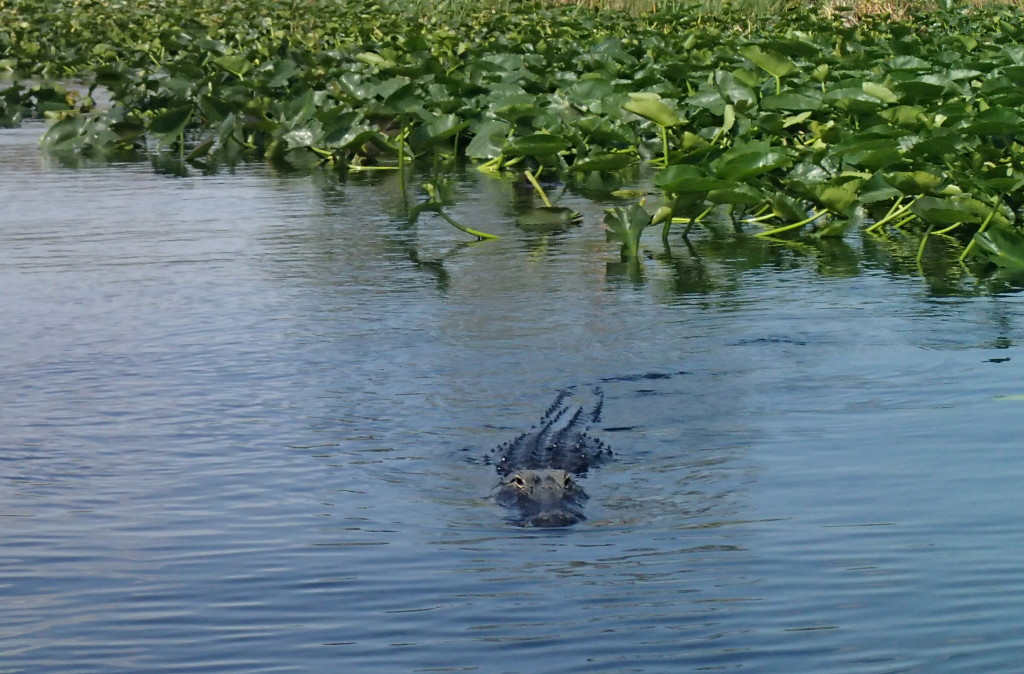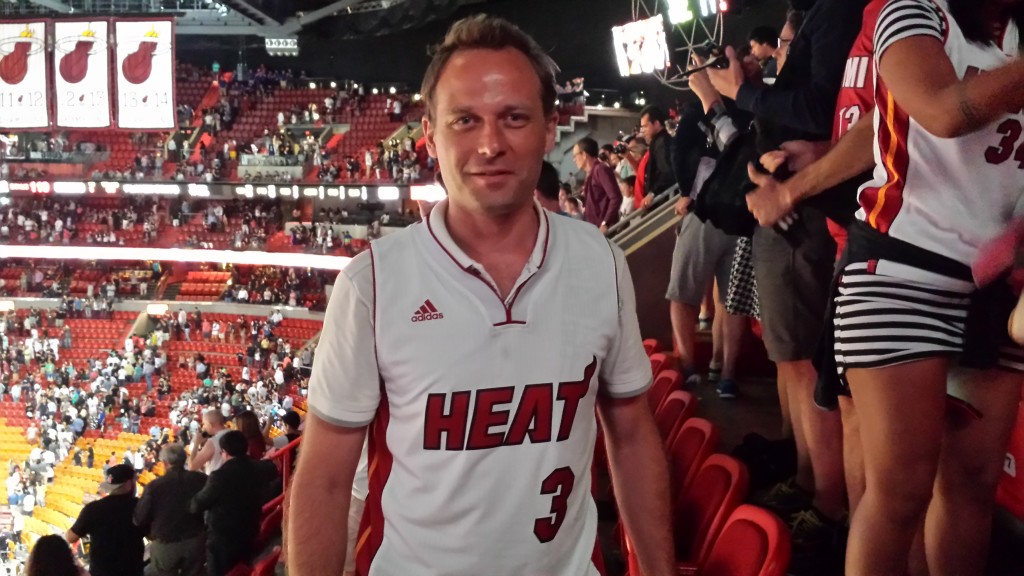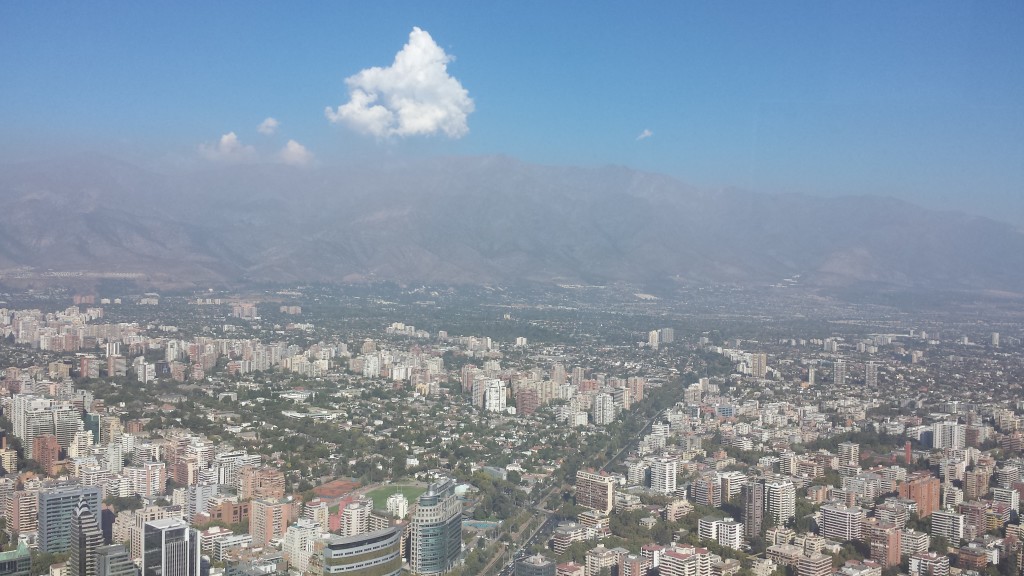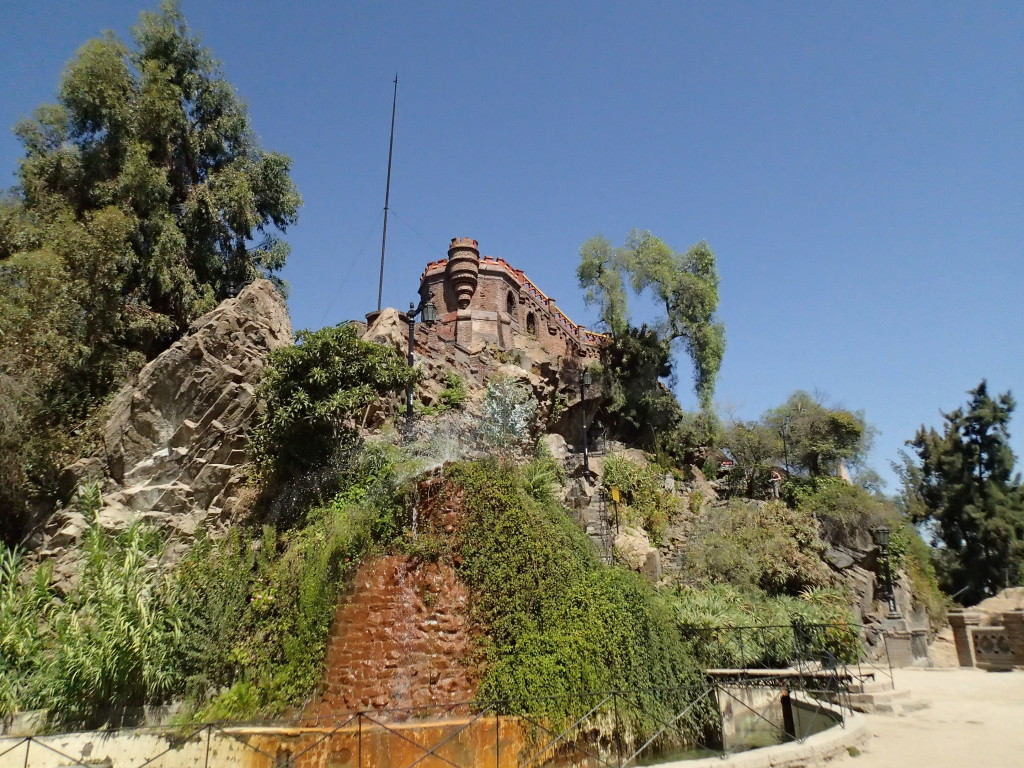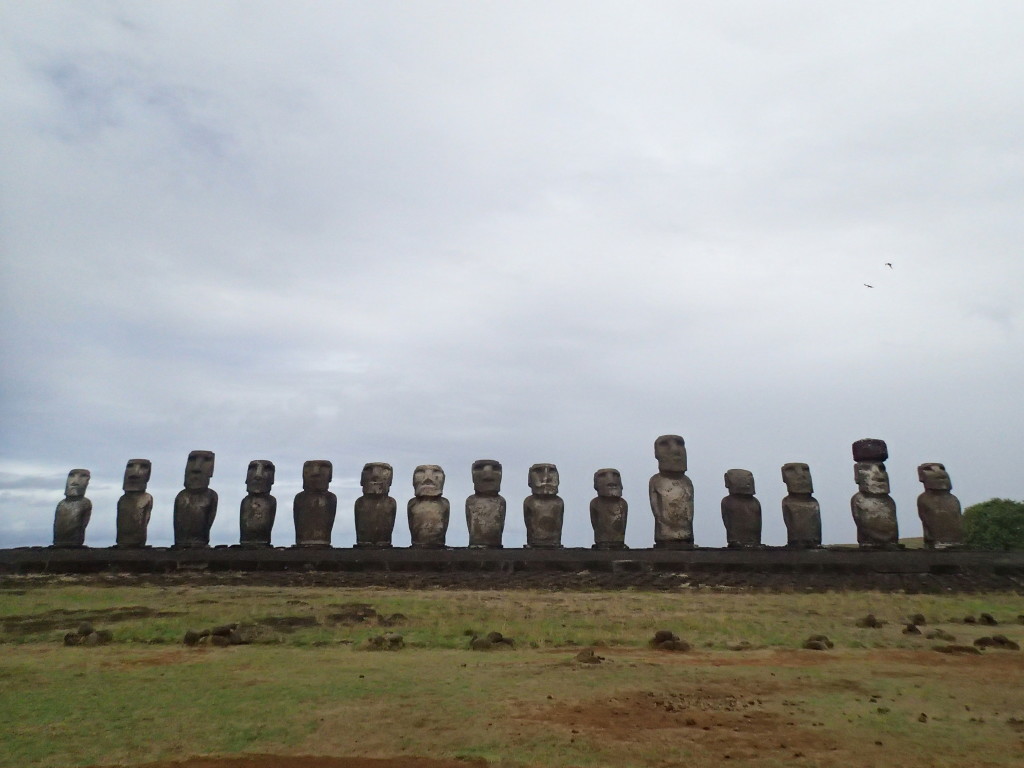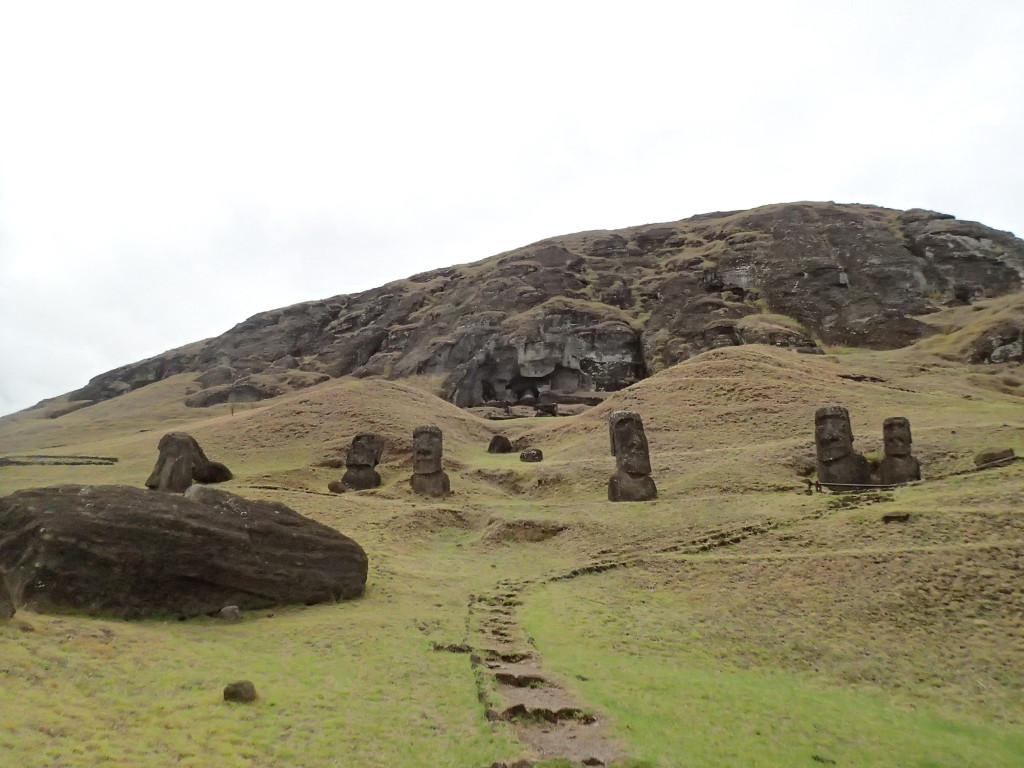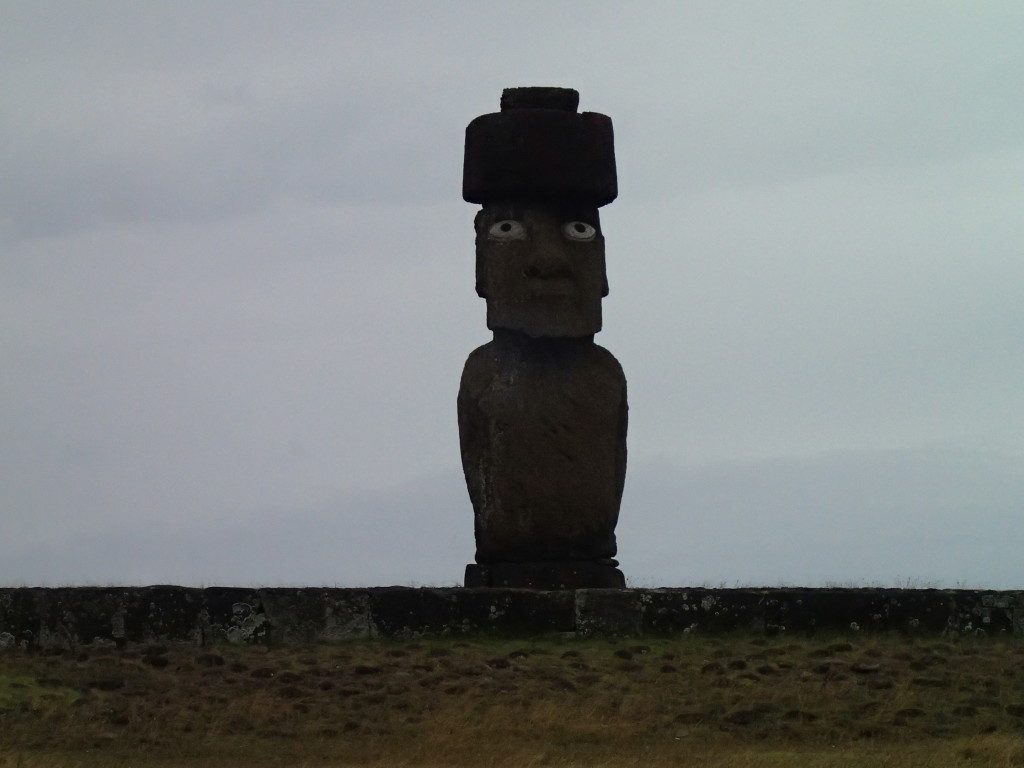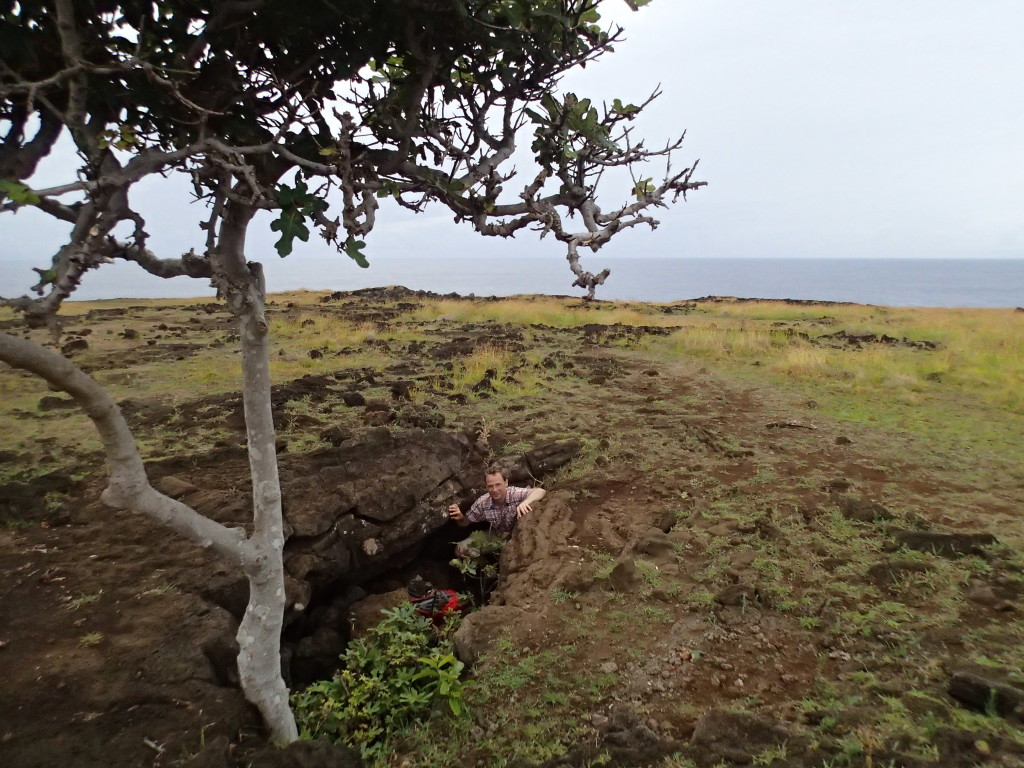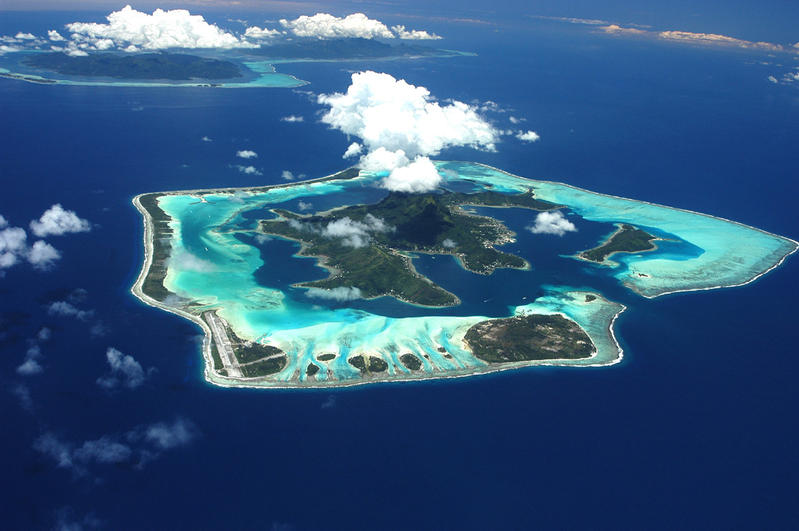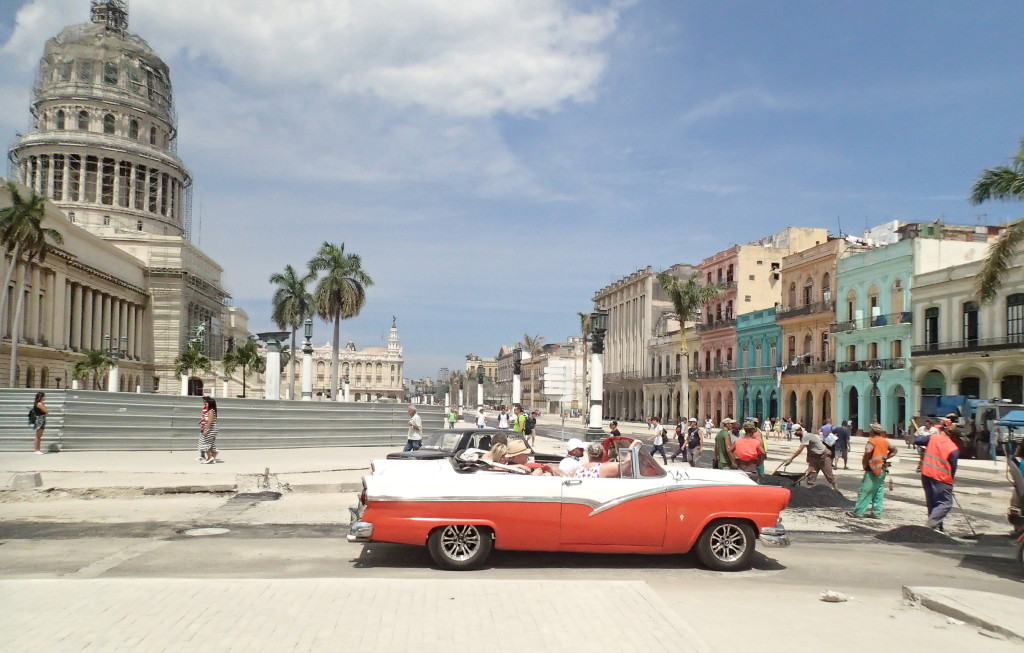
Only 365 km from Miami lies Havana, or La Habana as it is called in Spanish by Cubans. Cuba is part of the North American subcontinent but much more Latin American in nature. In 1492, Christopher Columbus landed on Cuban soil and started colonisation by the Spanish that would last for centuries, decimating the original native American tribes in the process, mainly by introducing infectious diseases. In 1762, Cuba surrendered to the British briefly but Spanish rule was reinstated a year later when Spain and Britain traded Cuba for Florida. The Cubans remained loyal to Spain when other Latin American countries gained their independence during the 19th century but they did eventually revolt which led to the Cuban War of Independence from 1895 to 1898. This in turn led to the Spanish – American War in 1898 when the US intervened in the struggle on behalf of Cuba, in particular after the bombing of the US battleship Maine in Havana harbour. This 10-week war extended to the Pacific and resulted in the Treaty of Paris, in which ownership of The Philippines, Puerto Rico and Guam was ceded to the US and some level of control by the US was assumed over an independent Cuba. This war effectively ended the Spanish empire and more than anything else, this period marked the entry into world affairs by the US.
This is a long intro but it is useful to point out that Cuba was very well placed at that point in history to become a prosperous, relatively western country. Unfortunately Cuba did not grow into a full democracy over the next decades but went through revolt and dictatorship until the revolution led by Fidel Castro in 1959, who established a socialist/communist republic and formed strong ties with the former Soviet Union because of Cuba’s strategic location and similar ideology. From still being one of the most advanced American countries in 1958, Cuba fell back into poverty due to isolation from the Western world and the rejection of democracy, capitalism and open economies. The collapse of the Soviet Union deprived the country of a large source of subsidies and the economy and people took a massive hit. Only during the last three years has the US sought to improve the relationship with Cuba. Business and trade is slowly growing, sanctions are eased and this precise week marks a unique moment in history for both countries as president Obama visits Cuba, the first official visit since 1928. Business deals were announced at the same time, mainly in the tourism industry, and AirBnb will become available for Europeans starting April 2nd 2016.
While I was there, the city was buzzing with anticipation. The Cubans are a proud people, many may not believe in their own economic system but neither do they embrace western capitalism. They do however hope for more opportunities and less hardship. There was a lot of construction and repairs of buildings and roads in the city centre in preparation of the visit and some Cubans grumbled that so much money was spent on president Obama and almost nothing on the recent visit of the pope. However, I think it was a very smart move by the government because the media coverage is enormous and there is no better way to entice tourists and investors than showing them proper infrastructure and an attractive city.
Because of the historical visit, all the (state-run) hotels in the city centre were blocked and reserved for the entourage of president Obama. Even the fairly recently allowed Casas Particulares (B&B’s) were very hard to find. I misjudged the enormous size of Havana and ended up staying in a residential area 10 km from the city centre which was far from ideal. But being in Cuba by then, finding alternative lodging was even more difficult. In Havana, wifi is relatively hard to find and expensive. You need a 1-hour scratch card for about 2 USD which most big hotels sell only to their guests. They work on every wifi network but, outside of the large hotels, it is hard to find such a network. I had a lot of tea and coffee at the Iberostar Parque Central, arguably the nicest hotel in Havana (old town). The hotel wouldn’t sell me scratch cards without a room number but they had a fast network and I was able to buy some cards in a hotel close to my guesthouse.
The revolution by Castro in 1959 and the subsequent import and export sanctions have resulted in the continued use of classic American cars from the fifties, of which the Chevrolet Bel Air and Ford Fairlane of different vintages are most common. Car purists may get a heart attack at closer examination as many are not in their original state due to repairs and adjustments and they have been refitted with diesel engines. However, they are everywhere and the traffic looks wonderful. Most of them function as ‘taxi collectivo’, a means of transportation by Cubans where every car has a certain destination or fixed itinerary. People hail them on the side of the street, tell the driver where they want to go and he accepts when that is on his route. The cars can hold up to five passengers that hop on and off and upon exit people pay the equivalent of 0.40 USD. I was taught by locals on the first day how to use this system. It takes some getting used to and you are expected to pay 1 CUC (one US dollar) as a foreigner but I quickly got the hang of it, not in he least because an official taxi into the city cost me 20 USD. It’s a great way to experience Havana, meet local people and save some money. You’ll need to speak a bit of Spanish to make this work everywhere but the language is one of the simplest and most logical I know and it’s probably good fun to do a language course in Havana anyway (many tourists do this). The taxi collectivo system had some subtleties that you learn only by doing, like the right names of destinations and the roads that they use (roads parallel to the main roads where it’s easier to stop frequently). Sometimes an empty Chevy would stop and offer me a ‘taxi directo’ for 5 CUC which I initially declined but soon learned to appreciate as it is much faster and still good value.
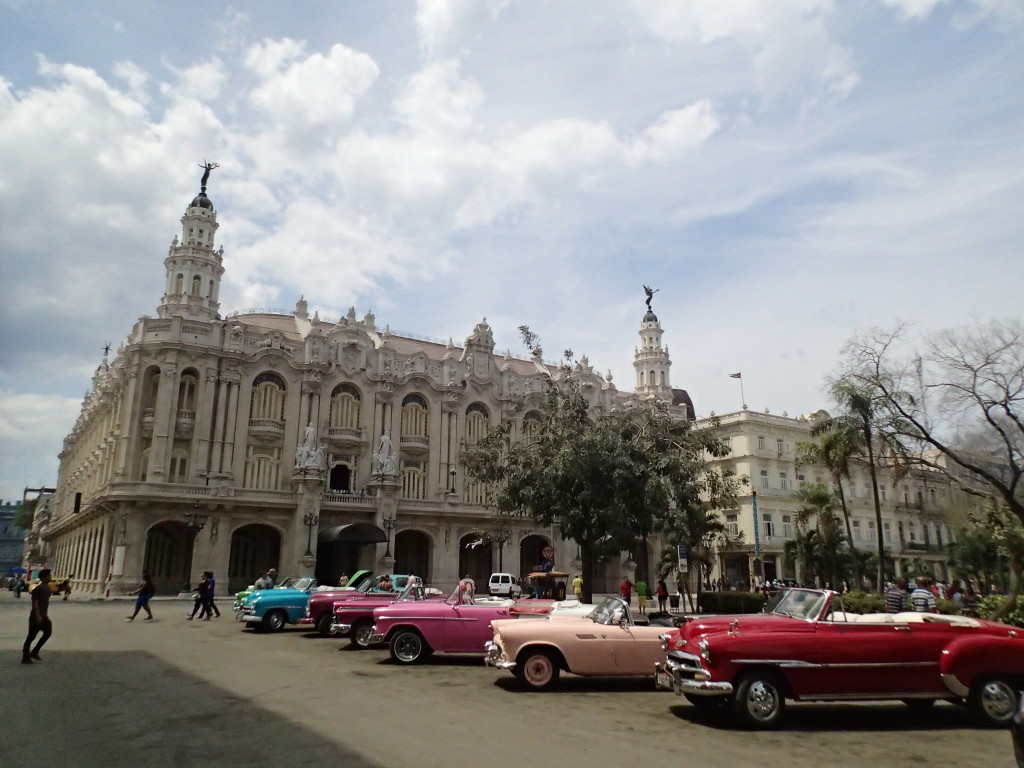
Havana old town is beautiful, you can clearly see that this was a very prosperous city once and I wish I could have found accommodation in the centre. There are great historic defence structures and buildings, many nice restaurants and hotels as well as cheap mojitos and other cocktails. I did salsa lessons which was very enjoyable, went to the cigar factory shop and bought some Montecristo’s and spoke to many people. But my visit could have been so much better and efficient and so I’ll give some tips for people planning to go to Cuba: Stay in the Old Town (Habana Viego) in a proper hotel with wifi. Make sure you have a lot of foreign cash as almost no-one accepts cards, euros are best. In 90% of situations where cards work such as ATMs, you’ll need Visa. Mastercard can be used to get money from a small number of bank offices (try the big one at O’Reilly street) but expect to wait 1.5 hours. Forget debit cards, they don’t work. Most importantly, don’t go there when Obama and the Rolling Stones (free concert!) make historical visits in the same week…
I got tired of the constant commuting, run down residential areas, difficulty to get money (I had dollars to change but they tax them with 10% before you make a conversion to CUC) and limited access to internet and flew back a day earlier. That meant that I lost the opportunity to spot president Obama but I did not expect to see much of him anyway. However, the earlier outbound flight turned out to be exactly at the moment when the president arrived. While already in the plane our slot time was pushed back and we were able to see Airforce One touching down. One minute after landing, it started raining heavily, where it had been very sunny all afternoon. Bad luck for the president and you can see him with umbrella on official pictures getting out of his plane.
